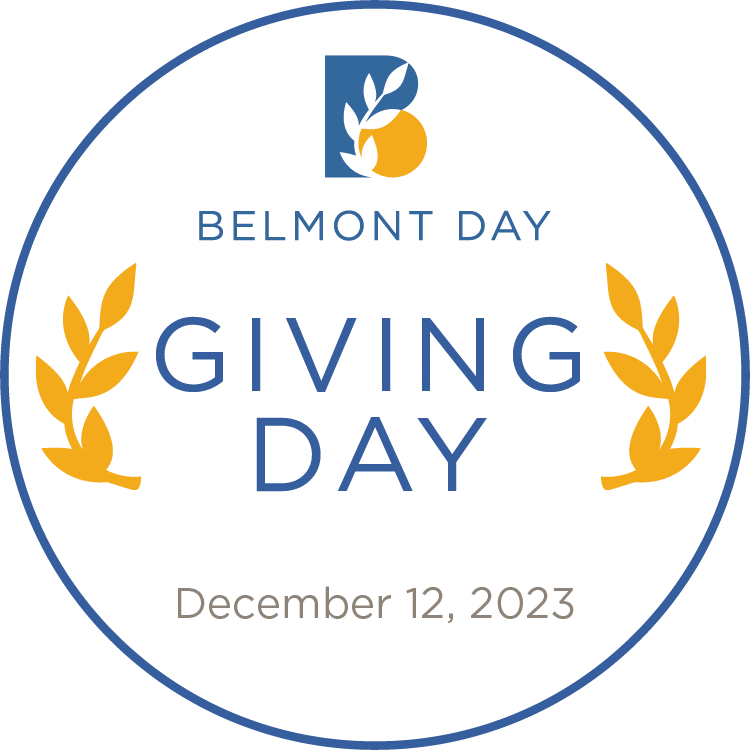Every day I am inspired by how classroom teachers demonstrate excellence by incorporating a structured literacy approach into a very rich, dynamic, meaning-based literacy program that fosters strategic, flexible, joyful readers.
Let’s begin by taking a tour, and a stroll around the block of early elementary classrooms. The first stop is pre-kindergarten. On one side of the classroom, the teacher is reading aloud to students gathered on the rug. She periodically pauses to engage the children in dialogue, asking them open-ended questions to inspire thinking. The teacher, embracing the read-aloud as a powerful literary experience, is developing vocabulary, conceptual understandings, and listening comprehension. In the adjoining classroom, pre-kindergarteners are engaged in collaborative storytelling. The teacher selected three puppets which the students animatedly identify as a ballerina, a wizard, and a bear. Now that they have their characters established, they move on to the setting.
Students enthusiastically brainstorm possibilities such as a sea monster’s cave, a palace, an ocean, or a black hole. Once the setting is agreed upon (a mansion that is twirling around a black hole), volunteers contribute ideas about the plot within the framework of beginning, middle, and end. As they delightedly listen to their story told back to them, the teacher points out that their story has a problem and a solution that students readily identify. I am reminded of the intricate relationship between oral language development and literacy.
The next stop is kindergarten. One step into the classroom and evidence of a print-rich environment is everywhere…letters, popcorn words, morning messages, and an abundance of books. At this particular moment, there is a kindergartner pointing to letter cards mounted on the wall, confidently leading the class in a systematic review of sound-symbol correspondences. The teacher then engages the class in a multisensory word-building activity. Students tap out phonemes in consonant-vowel-consonant words using their fingers and then manipulate letter tiles on their magnetic boards to encode and decode the phonetically regular words. Clearly, the routine for this work has been well-established. Predictable and consistent, the students know exactly what to do. The teacher understands that this systematic practice is foundational to the word reading skills that increasingly complex literacy experiences will demand.
Next is first grade. Students are enthusiastically reading this week’s poem projected on the whiteboard and added to their poetry notebooks. They are practicing oral reading fluency, clearly mindful of pacing, and punctuation, and using their voices to convey meaning. Earlier in the week they discussed vocabulary words, made self-to-text connections, practiced visualization, and even touched upon inferential thinking, all important facilitators of comprehension. Today, they are searching the poem for trick words and familiar patterns and concepts introduced via the Fundations program. Students are eagerly volunteering to come to the board to circle sight words, underline base words, circle the suffix -s, and box glued sounds (-ang, -ing, -ong, -ung; -ank, -ink, -onk, -unk). Tomorrow, I’ve been told, they will focus on parts of speech, identifying the multitude of action words (verbs) and adjectives contained in the poem.
In the classroom across the hall, students have just engaged in a non-fiction, informational text read aloud on life cycles. They have noticed text features: table of contents, captions, bolded text, glossary, and index. The teacher has compiled a stack of library books and leads the students in an animated exploration of genre. The tone is joyful, with every student actively engaged and participating.
Last stop, second grade. A small reading group is highly engaged at a round table. The group, having previously read an informational text on the Sierra Nevada mountain range, is previewing a fiction book told from the perspective of a bald eagle as she soars over Mount Whitney, Yosemite Falls, and Lake Tahoe. Through her account, the eagle highlights the beauty and serenity of her majestic world, describing plants, wildlife, and land formations. Prior to reading, the teacher previews vocabulary words. It is clear that the students are becoming proficient at analyzing multisyllabic words for morphological structure, syllable types, and phonetic elements. Students know that just about any word they will ever encounter in reading will be made up of various combinations of the six syllable types they will be learning in second grade. How empowering! On our way out, we notice chart paper on which second graders brainstormed and collected words from their reading ending with -ic. We note vocabulary such as diagnostic, aquatic, geographic, dynamic, historic, republic, heroic, diplomatic, sympathetic, and cosmic. Wait a minute…this is a second grade classroom?
Back in the Reading Room, I am filled with appreciation for the expertise of my colleagues and how they masterfully incorporate this rich, varied, and important literary work into their practice. In each classroom, I noted evidence of the five essential components of a successful reading program outlined by the National Reading Panel in 2000: explicit instruction in phonemic awareness, systematic phonics instruction, oral reading experiences that promote fluency, vocabulary development, and comprehension. Most importantly, I observed instruction that is rooted in what we know about the science of reading.
What are some of the primary understandings about early literacy development that inform our program at Belmont Day? First, research has established phonemic awareness, or the ability to segment, sequence, and manipulate sounds in words, as a fundamental understanding in literacy development. Our early elementary teachers very intentionally embed activities, auditory in nature, which promote rhyming; initial, final, and medial sound isolation; and syllable and phoneme blending and segmentation practice into their daily routines. Sound manipulation practice is subtly integrated into our program in multiple ways. Rarely, for instance, do I send students back to their classroom without a ‘ticket out the door’. A ticket might be something like this: “Say split. What is the third sound you hear in split? What happens when you change the /i/ to /a/?”. Or this, “Say spot. Now say spot backward”. Cumulative daily practice manipulating sounds with tasks that gradually increase in complexity is very impactful in promoting the phonemic awareness essential to accurate and efficient word-level reading and spelling.
In addition to phonemic awareness, research has established the efficacy of direct instruction in letter-sound relationships. It is important for all learners, and absolutely essential for students at risk for reading difficulties. A systematic, multisensory program that sequentially introduces increasingly more complex phonetic elements and concepts provides students with a solid grounding of how the alphabetic principle works. A program such as Fundations, adapted from the Wilson methodology, integrates the teaching of sound-symbol correspondences, decoding, encoding, fluency, and handwriting into a predictable and intentional sequence. There is the opportunity for differentiation, adjusting pacing for more independent readers, and spiraling back with tiered levels of support for readers who need additional practice to achieve mastery and automaticity. Through ongoing assessment and progress monitoring, we see firsthand the effectiveness of this explicit instruction.
Finally, recent research highlights the importance of orthographic mapping, the cognitive process readers use to efficiently store words for speedy, accurate, and effortless retrieval. The work of David Kilpatrick, PhD, psychologist and researcher in the field of reading, emphasizes the idea that this process does not have a visual memory component as widely assumed, but rather an orthographic one. Readers develop memories for the order of letters in words, expertly chunking familiar sequences. To map words orthographically, readers must be phonemically aware and have a solid understanding of sound-symbol correspondences and morphological structures, readily recognizing patterns as they occur in words. This is why an effective early literacy program must incorporate direct instruction in phonemic awareness, phonics, and word analysis. Efficient and accurate word reading is essential to developing connected text reading fluency, and fluency is a facilitator of comprehension.
A solid grounding in these three cognitive processes: phonemic awareness, connecting symbols with sounds, and mapping those sounds and patterns to the orthography of words is essential for all readers, both emerging and highly independent (including adults). For skilled early readers, making explicit the processes they have internalized, develops important insight into the structure of language and develops metacognition which enables the intentional application of skills to increasingly sophisticated and complex reading and spelling.
In the realm of early literacy instruction, there has been a recent and understandable outpouring of response from parents and educators to Sold a Story, a podcast about a publisher promoting widely embraced methodologies and materials that are not substantiated by research about how children learn to read. The wholehearted adoption of such approaches by schools has contributed to alarming reading proficiency rates in schools across the nation.
Currently, many schools and educators are in a position necessitating a pivot. My response to the podcast has been twofold. First, it has highlighted for me the importance of being discerning and careful consumers of ideas about how children learn. As educators, our practice must be grounded in evidence-based curriculum. My hope is that this will inspire schools to think critically about pedagogy, analyzing data, and keep students at the very heart of decisions about approach and methodology. This is an opportunity, while there is momentum, to enact systemic change, and evaluate and reaffirm beliefs about practice and accountability. I am appreciative of the opportunity to articulate our core beliefs about the teaching of literacy and how they are informed by research.
Secondly, just as we guide students to avoid dependence on any one strategy, in order to embrace neurodiversity and provide a comprehensive experience for students, teachers must not over-rely on any one methodology. Relying solely on meaning-based programs does not provide tools and strategies for students to develop critical word-level reading skills. Likewise, promoting solely word-reading skills does not foster learners who joyfully and competently engage in reading for a wide variety of purposes. In the current climate especially, I believe it is important to resist polarizing methodologies, and instead, value important contributions. I cannot think of a more powerful window into a kindergartener’s developing phonemic awareness and their ability to apply it to connected text writing, for example, than Marie Clay’s dictation task from the Observation Survey. The Benchmark Assessment System is a useful progress monitoring tool, providing teachers with valuable insight into oral reading pace, accuracy, fluency, and comprehension, all important data points in the establishment of individualized instructional goals. And, finally, Lucy Calkins’ work will continue to be a reference as we think reflectively about our scope and sequence of comprehension skills. Teachers, I believe, must strive to be skilled curators, understanding the complexities of the reading process and pulling from a variety of resources with intentionality and purpose.
What we observed during our stroll around the block of early elementary classrooms is just a snapshot, one day’s worth, of the powerful and engaging experiences that define our literacy program. Essential skills are being systematically and explicitly introduced and practiced providing students with a solid foundation upon which increasingly complex skills can be built. Our adoption of the Fundations program provides classroom teachers with the tools they need to deliver effective, evidence-based reading instruction.





